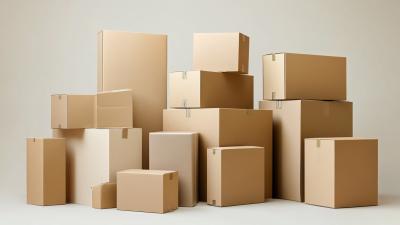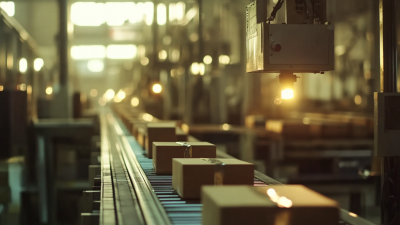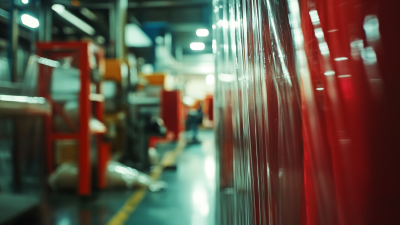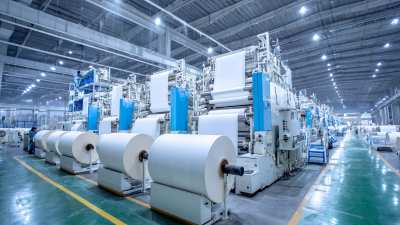Call for Price: 0086-15515573212
Choosing the right box packaging for your product is a critical factor that can significantly influence customer perceptions and sales outcomes. According to research from Smithers Pira, the global market for box packaging is projected to exceed $300 billion by 2024, underscoring its vital role in commerce. Effective box packaging not only protects the product but also serves as a marketing tool that enhances brand visibility and appeal. With 62% of consumers stating they are more likely to purchase a product again if it comes in premium packaging, it's clear that the design and material choice can make or break a product's success in a competitive marketplace. Thus, understanding the nuances of box packaging—such as material options, structural design, and sustainability considerations—becomes essential for businesses aiming to meet both their operational requirements and customer expectations.
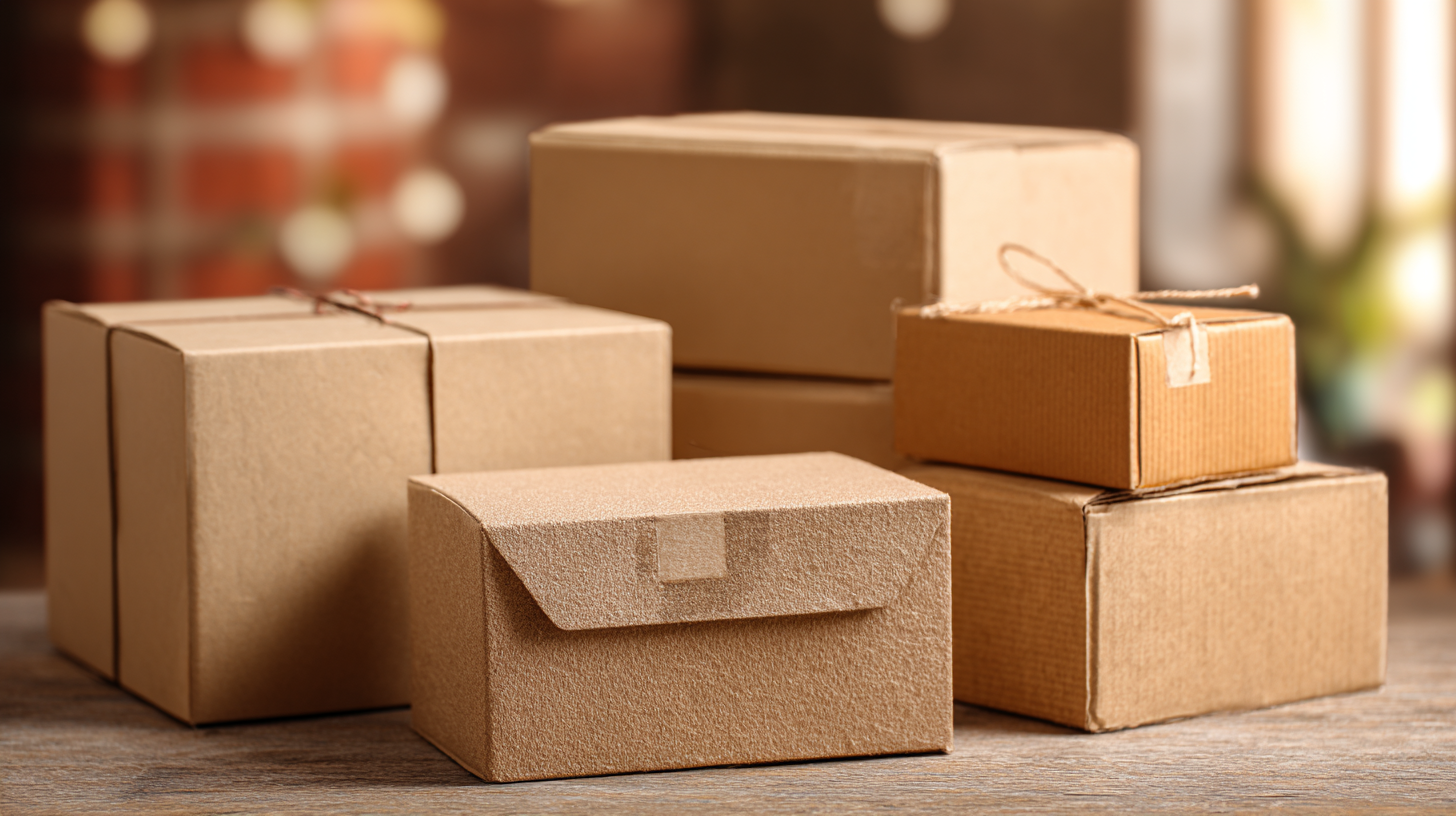
When selecting box packaging for your product, it's imperative to first identify its unique requirements. According to a report by Smithers Pira, the global market for packaging is expected to grow to $500 billion by 2024, underscoring the necessity of tailored packaging solutions. Factors such as product dimensions, weight, fragility, and intended use should be carefully assessed. For instance, fragile items like electronics may require extra cushioning and durable materials, while eco-friendly products might benefit from sustainable packaging options.
Additionally, branding plays a critical role in packaging decisions. Research from Nielsen indicates that 64% of consumers are more likely to purchase a product if the packaging is attractive and fits their values.
Therefore, consider how your packaging communicates your brand’s identity and sustainability efforts. Moreover, compliance with regulations is also a significant factor—especially for food and pharmaceuticals—where specific packaging standards are mandated to ensure safety and quality during transportation and storage. Taking these elements into account will help you create an effective packaging strategy that not only protects your products but also enhances customer appeal.
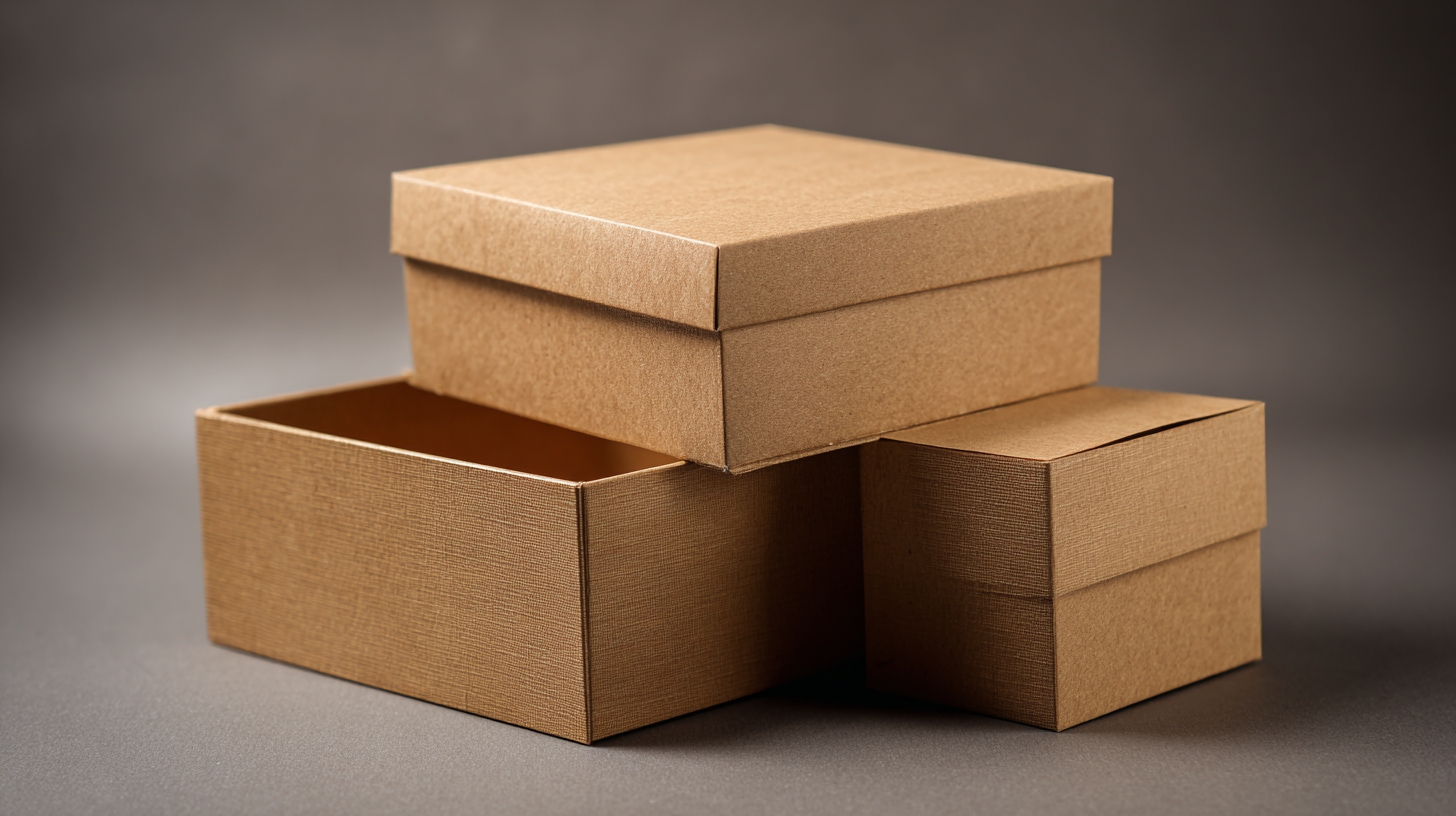
When selecting box packaging for your product, the choice of materials plays a crucial role in ensuring protection, aesthetics, and sustainability. One of the most common options is cardboard, praised for its lightweight properties and recyclability. Available in various thicknesses, cardboard can accommodate a wide range of products, from delicate items to heavier goods, making it a versatile choice for businesses of all sizes.
Another material to consider is corrugated cardboard, which consists of a fluted layer sandwiched between two flat liners. This structure not only enhances durability and crush resistance but also adds cushioning for fragile items during shipping.
For brands looking to elevate their packaging with a premium touch, rigid boxes made from high-quality paperboard can create an upscale experience, often used for luxury products. Finally, eco-friendly materials like biodegradable paper or recycled paper options are becoming increasingly popular, reflecting a commitment to sustainability while appealing to environmentally-conscious consumers. Each material has its unique benefits, and the right choice largely depends on the specific needs of your product and brand identity.
In today's eco-conscious world, packaging choices play a crucial role in determining the environmental impact of products. The emphasis on sustainability has led to the development of comprehensive guidelines, such as the packaging playbook, which allows businesses to assess the sustainability of their packaging materials. For example, using aluminum slugs for packaging not only reduces waste but also has a lighter environmental footprint when compared to conventional materials. The correct selection of packaging can significantly minimize emissions associated with food transport, as the carbon footprint of food itself is approximately thirty times greater than that of its packaging.
Furthermore, embracing sustainable packaging practices is imperative for both environmental and economic reasons. With the projected growth of the global lifecycle assessment (LCA) software market, companies are increasingly recognizing the importance of evaluating the environmental impact of their designs from the outset. By integrating sustainability into the product design phase, businesses can mitigate pollution from disposable packaging, especially in industries like food delivery, which contributes significantly to plastic waste. As the initiatives around sustainable packaging continue to evolve, companies are encouraged to focus on innovative and eco-friendly solutions that contribute to a more sustainable future.
When designing box packaging, striking a balance between functionality and aesthetics is crucial. The packaging should not only protect the product but also enhance its appeal to consumers. Start by considering the product's dimensions, weight, and fragility to select materials that provide adequate protection. For instance, using sturdy cardboard or corrugated materials can prevent damage during transit, while die-cut designs can create an eye-catching presentation.
Aesthetics play a significant role in conveying a brand's identity and attracting customers. Utilizing colors, typography, and imagery that align with your brand's message can create a lasting impression. Consider incorporating unique design elements such as embossing, foil stamping, or custom illustrations to elevate the packaging's visual appeal. Additionally, ensure that the design is not overly complicated, as clear and concise messaging will resonate better with consumers. By integrating these elements, box packaging can become a powerful tool in driving sales and enhancing customer experience.
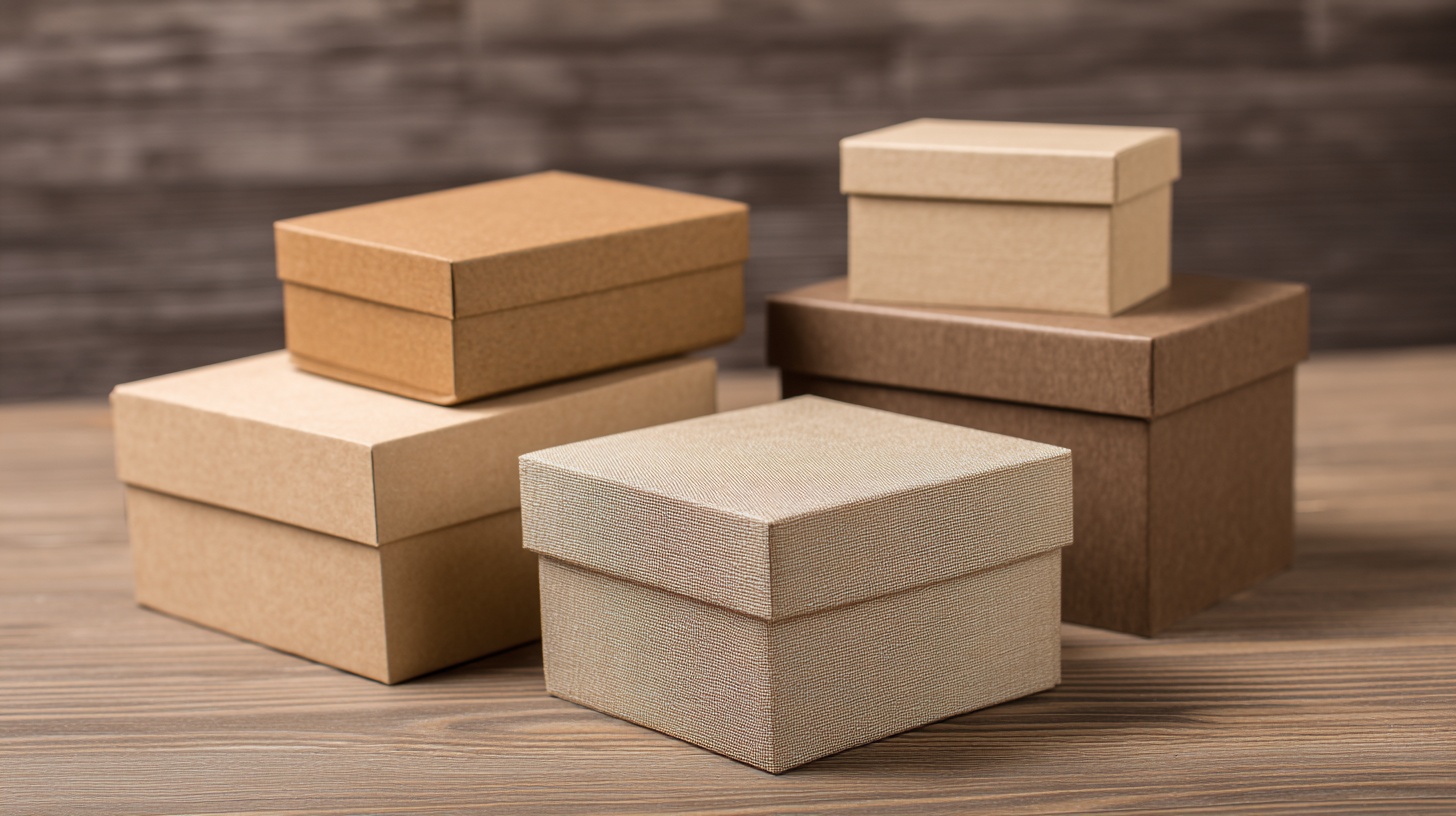
When it comes to custom box packaging solutions, cost-effectiveness should be a key consideration for businesses looking to enhance their product presentation while keeping expenses in check. One of the best strategies is to evaluate the materials used in your packaging. Opting for sustainable yet affordable materials such as recycled cardboard can significantly reduce costs without compromising on quality. Additionally, sourcing locally can minimize shipping expenses and lead times, allowing for a more efficient production process.
Another crucial tactic is to incorporate design elements that allow for flexibility in packaging. Instead of using multiple box sizes, consider versatile designs that can accommodate various product dimensions. This approach not only cuts down on material costs but also optimizes storage space, further driving down expenses. Lastly, collaborating with packaging suppliers who offer bulk discounts or customized solutions based on your production needs can lead to substantial savings. By approaching your packaging strategy intelligently, you can achieve the perfect balance between quality and cost-effectiveness, ultimately enhancing your brand's value.
